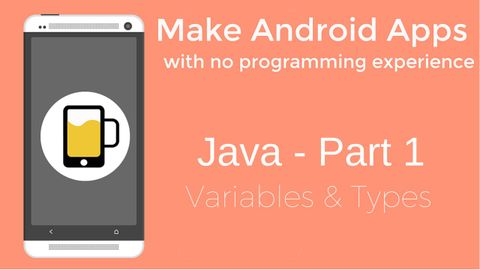
Subtitles & vocabulary
How to Make Android Apps - Java Programming Part 1
00
Amy.Lin posted on 2018/01/30Save
Video vocabulary
recap
US /riˈkæp/
・
UK /'ri:kæp/
- Noun
- Brief description of something that had been said
- Transitive Verb
- To describe or summarize the main points
C1TOEIC
More experience
US /ɪkˈspɪriəns/
・
UK /ɪk'spɪərɪəns/
- Countable Noun
- Thing a person has done or that happened to them
- An event at which you learned something
- Noun (Countable/Uncountable)
- Knowledge gained by living life, doing new things
- Previous work in a particular field.
A1TOEIC
More structure
US /ˈstrʌk.tʃɚ/
・
UK /ˈstrʌk.tʃə/
- Noun (Countable/Uncountable)
- The way in which the parts of a system or object are arranged or organized, or a system arranged in this way
- A building or other man-made object.
- Transitive Verb
- To plan, organize, or arrange the parts of something
A2TOEIC
More general
US /ˈdʒɛnərəl/
・
UK /'dʒenrəl/
- Adjective
- Widespread, normal or usual
- Not detailed or specific; vague.
- Countable Noun
- Top ranked officer in the army
A1TOEIC
More Use Energy
Unlock All Vocabulary
Unlock pronunciation, explanations, and filters
